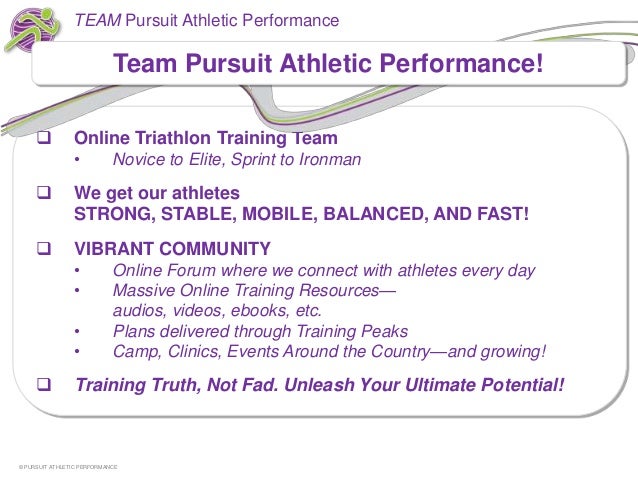The Maffetone Method Ebook3000
Read The Maffetone Method: The Holistic, Low-Stress, No-Pain Way to Exceptional Fitness by Philip Maffetone with Rakuten Kobo. Maffetone's unique training system. The Ebook, Maffetone Ebook, Method Ebook, The Ebook, Holistic Ebook, Lowstress Ebook, Nopain Ebook, Way Ebook, To Ebook, Exceptional Ebook, Fitness Created Date. Become Superhuman Live Event. This Event Is Over, But Official Video, Audios, Slides, Take- Away Notes, & DVD’s Now Available. They’re awarding 1.
Over the past two years I have been training for and competing in triathlons. From Sprints to, and now triathlons, the goal has been to complete a full Ironman. What once seemed like an impossible goal now appears realistic and reachable. Since Ironman races have grown in popularity, more and more races have started to appear around the United States and in countries around the world. With that, there are lots of ways to train for an Ironman triathlon. In searching for a training method, it was important for me to find one that: • Incorporates natural, whole foods, as much as possible.


• Is sustainable for the long term, which will in turn • Keep a balance between training and family time. After listening to a podcast that featured Marc Sisson, author of the Primal Blueprint and, I decided I wanted to choose the Maffetone Method. What is the Maffetone Method? In short, the is an approach to training that seeks to • Develop the aerobic system • Optimize the body’s fat-burning capability • Control Inflammation Dr.
Phil Maffetone developed this approach in the 1970’s, but it has only recently come back into the spotlight after the “no pain, no gain” and high-carbohydrate diet approach has been called into question. Developing the Aerobic System Using the Maffetone Method, athletes focus on developing the aerobic system by training below a certain heart rate to ensure they are training in their aerobic zone, where the body burns primarily fat. As opposed to more intense anaerobic training, where the body burns sugars, aerobic training does not require an athlete to constantly consume Gatorade or Powerbars every 20 minutes to maintain energy. The Maximum Aerobic Function (MAF) formula of 180 minus your age provides an individual with a heart rate not to exceed in order to stay aerobic. For example, a 30 year old would have an MAF heart rate of 150 (180 – 30 = 150). Training this way requires a heart rate monitor to ensure one is staying below their aerobic threshold.
In theory, when one trains aerobically, they will increase their efficiency (aka go faster) at these lower heart rates. Going slower to become faster seems counter-intuitive, but as Dr. Maffetone points out, the body is becoming more efficient, which in the long term translates into speed. Optimizing the Body’s Fat Burning Training primarily aerobically trains the body to increase it’s capability to burn fat. In addition, adopting a high-fat, low carbohydrate approach to eating helps convert the body to burn fat as it’s primary source of fuel. Mark Sisson of Mark’s Daily Apple describes it best in his post on why fat is the. The gist is that fat is longer burning fuel for the body, which keeps blood sugar levels and energy stable.
Some people take it to extremes and eat little or no carbohydrates, but instead of focusing on being dogmatic about it, one can simply aim to keep fat intake high and carbohydrate intake low (less than 200 grams) and mostly from low-glycemic sources like sweet potatoes, vegetables, and fruits. Mud Puddle Visuals Storage. This eating template helps to decrease oxidative stress on the body.
Besides losing body fat while training, the major advantage of turing on the body’s capability to burn fat is so I can consume less food during a race. This is not only easier logistically, but greatly decreases the chances of an upset gut during a race.
If you’ve experienced gastro-intestinal distress during a race, you know how much it can slow you down and make racing miserable. Pirates Of Penzance 1994 Download Skype. Reducing carbohydrate intake can be difficult, as the body needs some time to adjust how it processes food for energy. When I have started a low-carb phase, I have noticed an initial drop in energy and some irritability.
That’s why I personally do not go too hard, too fast with this approach. The best way to do this is for me is over a week or two by gradually lowering carbohydrate intake and taking it easy with workouts. The biggest pitfall is trying to workout at high intensity or overdoing it.